|
|
|
|

EIGHT BUDDHIST PROTECTORS OF THE ZODIAC
Personal Guardian Deity Based on One’s Birth Year
Hachi Hogo Butsu, Hachi Shugo Butsu 八守護仏
Also known as Ichidai Mamori Honzon 一代守本尊
Also called Mamori Honzon 守本尊 or Hachi Butsu 八仏
This is a Side Page. Return to Main Story on 12 Zodiac Animals
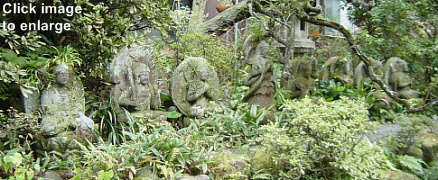
Eight Protectors in Private Garden, Kamakura, Japan
Stone, Taisho Period (see individual photos below)
This grouping of eight Buddhist deities is associated with the twelve animals of the Chinese Zodiac calendar. Each deity is associated with a specific Zodiac animal and serves as the protector (guardian, patron) for all people born in that animal year. For example, people born in the Year of the Tiger are protected by Kokūzō Bosatsu (see chart below). Among the eight, four guard the four cardinal directions while the other four guard the four semi-directions (the latter four are each associated with two animals, thus covering all 12 animals). At many Japanese temples even today, visitors can purchase small protective amulets or carvings of their patron Buddhist-Zodiac deity.
The origin of this grouping is unknown to me, but it likely is a purely Japanese convention. The grouping was popular in Japan by at least the Edo period (1603 - 1867) for it was listed in the 1783 enlarged edition of the Butsuzō-zu-i 仏像図彙 or “Illustrated Compendium of Buddhist Images,” one of Japan's most important studies of Buddhist iconography. The first edition of the Butsuzō-zu-i was published in 1690 but did not include this grouping of eight. These eight may have derived from an earlier grouping of thirteen Buddhist deities known as the Thirteen Butsu 十三仏 (Jūsanbutsu). All eight are members of the Jūsanbutsu grouping of thirteen. The latter group was developed in the 14th century and popularized in the 15th. They are invoked at the 13 memorial services held over a long period of time by the living for the dead. Curiously, the Jūsanbutsu also fail to appear in the 1690 Butsuzō-zu-i, but they do appear in the 1783 version.
Each of the eight Buddhist protectors is linked to one of the 12 zodiac animals, to one of the eight directions and semi-directions, and to one of the 10 calendar signs. The list goes on, with these Buddhist protectors also linked to the Five Elements, Five Colors, and Five Entrances. The Chinese Zodiac is tremendously confusing and clouded by differing interpretations, making it hard to track down the origin of the many traditions and legends still flourishing in Japan.
Why not assign 12 patron Buddhist deities instead of eight? The most plausible reasons involve Chinese cosmology, Taoist yin-yang influences, and divination (Jp. = Onmyōdō 陰陽道). In Chinese cosmology, there are eight interrelated trigrams called the Bā Guà 八卦 (Jp. = Hakka). Each consists of three lines, each is associated with either yin 陰 or yang 陽, and each is linked to one of the eight directions (four cardinal directions and four semi-directions). The eight trigrams are used in divination.
|
Find Your Personal Guardian Deity Based on Your Birth Year
|
|
Animal
|
Patron Deity
|
Direction
|
Year of Birth
|
|
Rat
|
Senju Kannon
|
N
|
1924, 1936, 1948, 1960, 1972, 1984, 1996, 2008
|
|
Ox
|
Kokūzō Bosatsu
|
NE
|
1925, 1937, 1949, 1961, 1973, 1985, 1997, 2009
|
|
Tiger
|
Kokūzō Bosatsu
|
NE
|
1926, 1938, 1950, 1962, 1974, 1986, 1998, 2010
|
|
Hare
|
Monju Bosatsu
|
E
|
1927, 1939, 1951, 1963, 1975, 1987, 1999, 2011
|
|
Dragon
|
Fugen Bosatsu
|
SE
|
1928, 1940, 1952, 1964, 1976, 1988, 2000, 2012
|
|
Snake
|
Fugen Bosatsu
|
SE
|
1929, 1941, 1953, 1965, 1977, 1989, 2001, 2013
|
|
Horse
|
Seishi Bosatsu
|
S
|
1930, 1942, 1954, 1966, 1978, 1990, 2002, 2014
|
|
Sheep
|
Dainichi Nyorai
|
SW
|
1931, 1943, 1955, 1967, 1979, 1991, 2003, 2015
|
|
Monkey
|
Dainichi Nyorai
|
SW
|
1932, 1944, 1956, 1968, 1980, 1992, 2004, 2016
|
|
Rooster
|
Fudō Myō-ō
|
W
|
1933, 1945, 1957, 1969, 1981, 1993, 2005, 2017
|
|
Dog
|
Amida Nyorai
|
NW
|
1934, 1946, 1958, 1970, 1982, 1994, 2006, 2018
|
|
Boar/Pig
|
Amida Nyorai
|
NW
|
1935, 1947, 1959, 1971, 1983, 1995, 2007, 2019
|
|
 CAVEAT: There is approximately a one-month disparity between the lunar and solar calendars, so one’s Zodiac sign may differ from that shown above for people born in January or February. For example, say you were born on 19 Jan. 1987. Your sign is not the HARE (as shown above), but rather the TIGER. Why? Because the lunar year (not solar year) began on 9 Feb. 1986 and ended on 29 Jan. 1987. People born on Jan. 30 (1987) or thereafter are HARE folk, but people born between Jan. 1 and Jan. 29 (1987) are TIGERS. To determine your exact animal sign and Buddhist patron based on the Chinese lunar calendar, see the lunar chart on our Zodiac page. Alternatively please click here. To learn more about the lunar vs. solar calendar, click here. CAVEAT: There is approximately a one-month disparity between the lunar and solar calendars, so one’s Zodiac sign may differ from that shown above for people born in January or February. For example, say you were born on 19 Jan. 1987. Your sign is not the HARE (as shown above), but rather the TIGER. Why? Because the lunar year (not solar year) began on 9 Feb. 1986 and ended on 29 Jan. 1987. People born on Jan. 30 (1987) or thereafter are HARE folk, but people born between Jan. 1 and Jan. 29 (1987) are TIGERS. To determine your exact animal sign and Buddhist patron based on the Chinese lunar calendar, see the lunar chart on our Zodiac page. Alternatively please click here. To learn more about the lunar vs. solar calendar, click here.
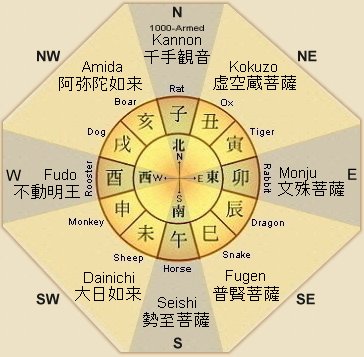
Eight Buddhist Deities, the Eight Directions, and the 12 Zodiac Creatures

In modern times, this grouping of eight is not very prominent among Japan’s surviving Buddhist sculptures, but it can still be found here and there. Below I present a grouping of eight stone statues near my home in Kamakura, Japan. Made sometime in the early Taisho Period (circa 1915), this set of eight stands unprotected from the elements in the outdoor garden of a private Kamakura home. Each stone statue is approximately three feet in height.

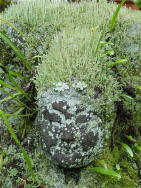 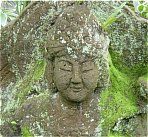 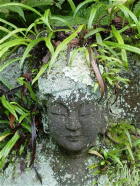
(L) Dainichi Nyorai; (M) Fugen Bosatsu; (R) Amida Nyorai
Vanishing Japan - Stone statues being consumed by nature
From the same set of eight statues featured above
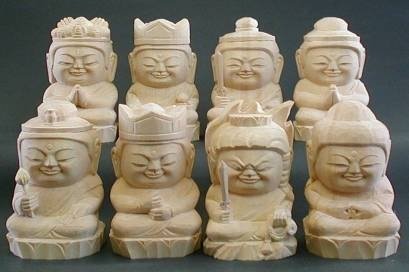
Modern Wood Carvings of the Eight
http://butsuzou.cool.ne.jp/art1/index.html
Available for online purchase (Japanese language site)

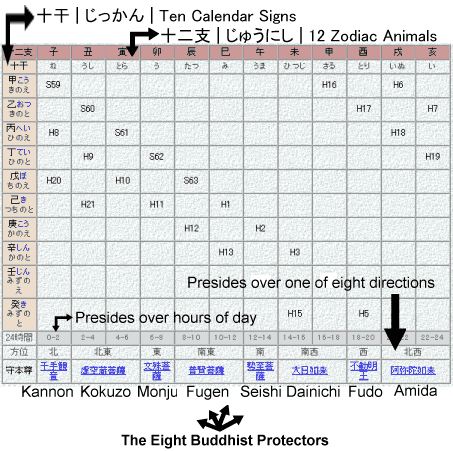
Above chart courtesy of Japanese-language site:
www.tctv.ne.jp/members/tobifudo/onyo/eto12/etoHyo.html
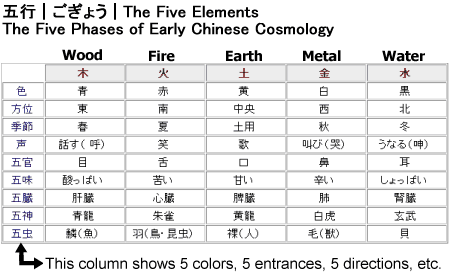
Above chart courtesy of Japanese-language site:
www.tctv.ne.jp/members/tobifudo/onyo/eto12/etoHyo.html


Amulets of Each Zodiac Patron
Available for Online Purchase
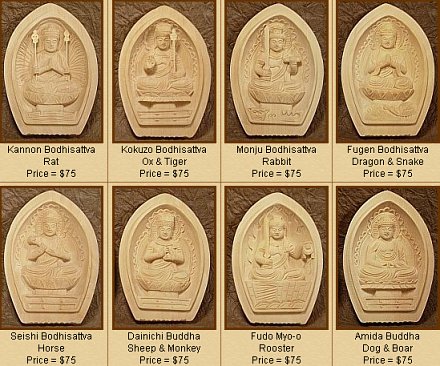

LEARN MORE
- Butsuzō zui 仏像図彙 (Illustrated Compendium of Buddhist Images). Published in 1690 (Genroku 元禄 3). A major Japanese dictionary of Buddhist iconography. Hundreds of black-and-white drawings, with deities classified into categories based on function and attributes. For an extant copy from 1690, visit the Tokyo Metropolitan Central Library. An expanded version, known as the Zōho Shoshū Butsuzō-zui 増補諸宗仏像図彙 (Enlarged Edition Encompassing Various Sects of the Illustrated Compendium of Buddhist Images), was published in 1783. View a digitized version (1796 reprint of the 1783 edition) at the Ehime University Library. Modern-day reprints of the expanded 1886 Meiji-era version, with commentary by Ito Takemi (b. 1927), are also available at this online store (J-site). In addition, see Buddhist Iconography in the Butsuzō-zui of Hidenobu (1783 enlarged version), translated into English by Anita Khanna, Jawaharlal Nehru University, New Delhi, 2010.
- 12 Zodiac Animals and Five Elements (Japanese)
- Photos of the Eight 十二支(えと)にもとづき八仏 (Japanese)
- Protective Zodiac Bracelets 梵字入本水晶ブレスレット (Japanese)
- See a VIDEO presentation of the stone statues appearing at the top of this web page. Visit the below link, and then select the video entitled “Tribute to Gabi Greve.”
https://www.onmarkproductions.com/html/videos-buddhism-shintoism.html
THIS IS A SIDE PAGE
Return to Main Story on 12 Zodiac Animals
|
|